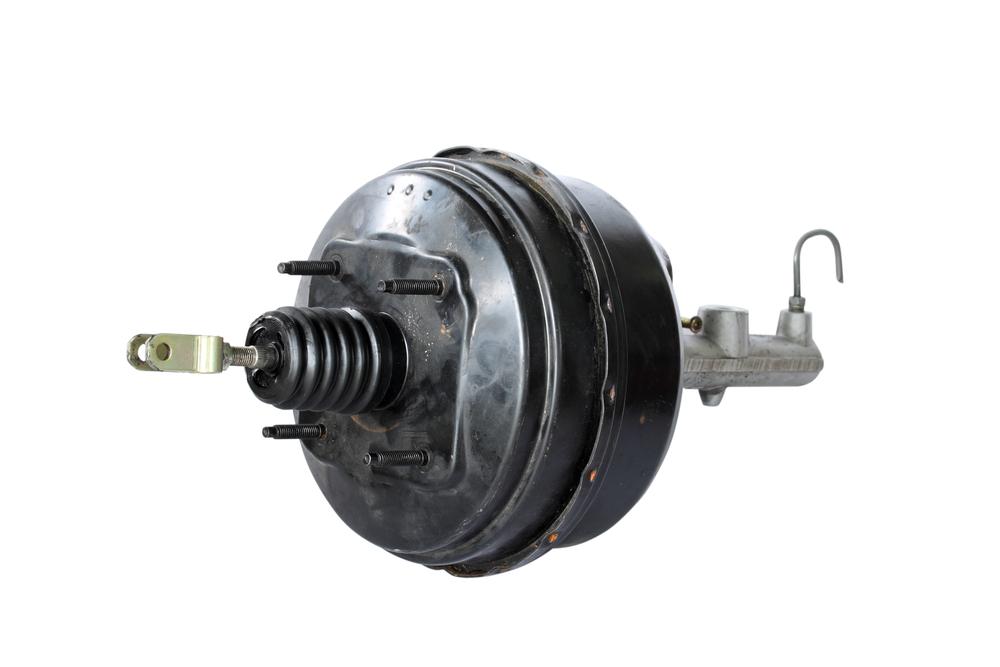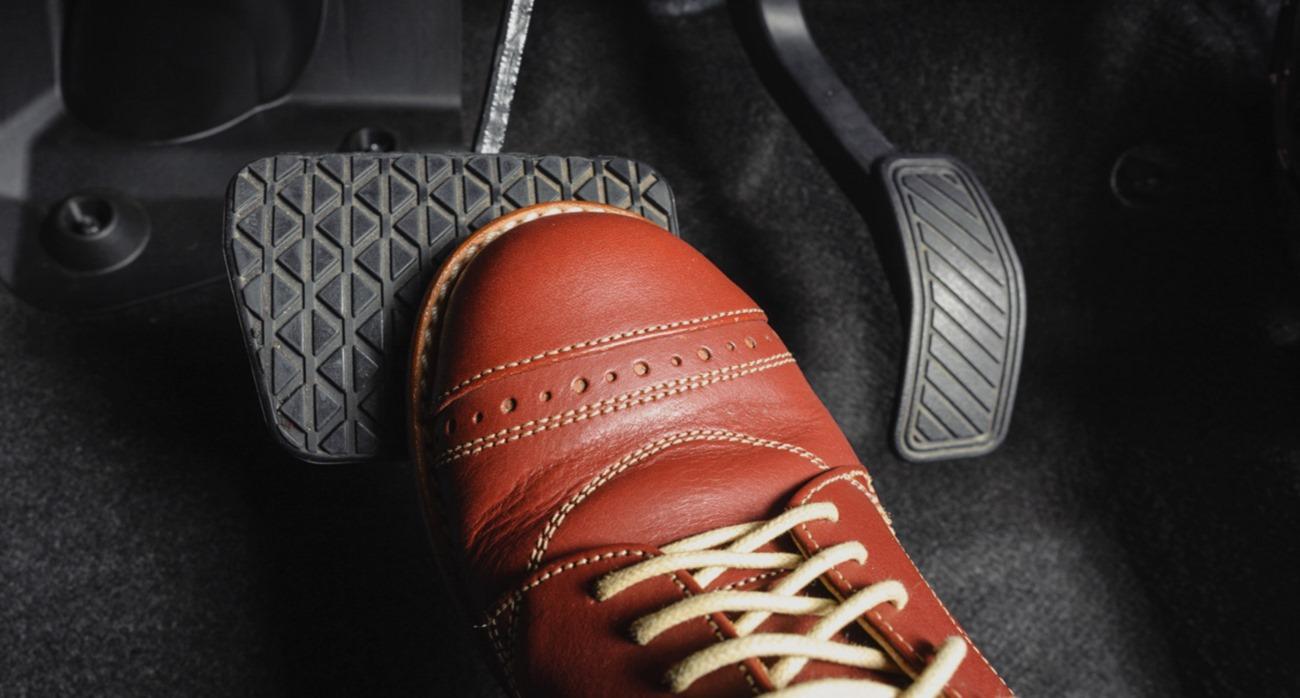How To Tell If Brake Booster Is Bad?
Most modern vehicles are equipped with a power booster and disc brakes. Unlike drum brakes, the disc brakes are not self-energizing. They need something to improve the power transmitted to them by the pressure on the brake pedal. Here comes the brake booster. It augments the pressure on the brake so that the driver does not have to give much efforts when slowing down or stopping a car. But, how to tell if brake booster is bad?
A bad brake booster affects a car’s braking performance and could be a safety hazard. It not only eases the pressure on the brake pedal but also helps the car to halt faster. The car travels less distance before coming to a stop when it works properly. Identifying the problems with the booster is vital to stay safe in the road.
How To Tell If Brake Booster Is Bad? – 4 Common Symptoms
A malfunctioning brake booster shows some warning signs though the issues are not that much serious at the beginning. You should not ignore them for a long time, though. The common signs of a bad brake booster are:
Inflexible Brake Pedal
Well, it makes perfect sense since the function of a brake booster is to assist with the pushing down of the pedal. A malfunctioned booster makes the pedal feel stiff when you press it down. This is the most obvious way to tell that there is something wrong with this component.

SEE MORE:
Brake Pedal Elevates Higher
The component to give in first in the event of a brake booster problem is the brake pedal. Besides feeling stiff, it will also be elevated from the normal position. The driver has to lift the foot up higher to reach it.
The displacement of the pedal could be dangerous in a situation when you need to brake suddenly but forget about the raised position.
Slow Response From The Brake Pedal
One of the functions of the brake booster is to make the braking system function more promptly. With the help of it, the brake pedal stops the car almost immediately after you press it down. But, the pedal does not get enough power to force the car stop when the booster is bad.
Late reaction from the brake system can be really dangerous. You may need to brake all on a sudden to avoid an accident or hit a pedestrian. The danger increases manifold if the weather is rough.
Engine Holding Up
The diaphragm of the booster does not let any air to pass through the seal. But, if it gets damaged for any reason, the air gets through and causes the engine to halt each time you press the brake pedal.
The issue is actually more severe than just a bad brake booster. It could lead to a number of problems including troubles with the engine.
How To Test A Brake Booster?
Now, you know how to tell if brake booster is bad but you have to learn how to diagnose it to find out the root of the problem. There are several ways of brake booster testing:
Method 1
Run the engine for a while and then switch it off. Press the pedal down for a couple of times. You have nothing to worry if the the point to which the pedal can be pushed down keeps pushing up a bit every time and reaches a point where it becomes tough to press it any further. If the pedal does not behave that way, you should check the booster for a possible leak.
Method 2
Switch of the ignition and press the pedal for a few times. At the time when you are applying pressure, switch the ignition on and run the engine idly. The pedal dropping a bit during the process is a sign that the booster is working.
Method 3
Apply gentle pressure on the brake pedal after switching the ignition on. If the brake booster is airtight, which means is functioning well, the pedal won’t get lower than its position.

How To Fix A Bad Brake Booster?
You already learn how to tell if brake booster is bad and the ways to test it. Now, it’s time for fixing. If the pedal behaves otherwise than what’s mentioned in these methods, you have to take the vehicle to a mechanic. You can also do it with proper knowledge and equipment but a professional is the most suitable person to handle it. You should take the car to a mechanic if it has a complex electrohydraulic booster unit.
The mechanic will disconnect the brake booster from the car before installing a new unit. It needs the removal of the master cylinder, hydraulic lines or the vacuum of the booster, and finally the booster itself.
You should take the car to a servicing shop when it starts showing bad booster symptoms. Don’t wait for the problem to become worse.














